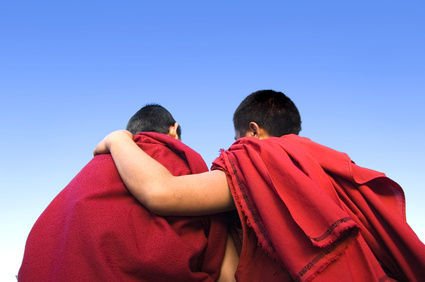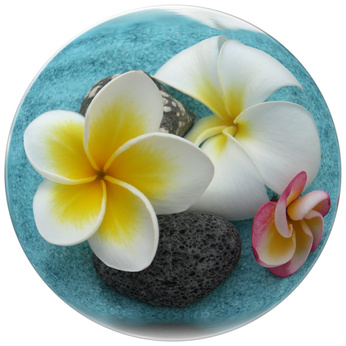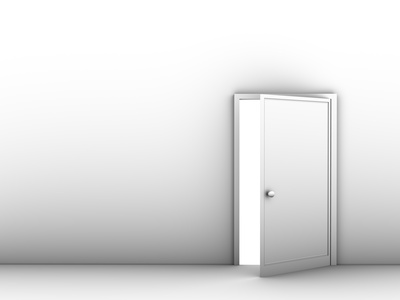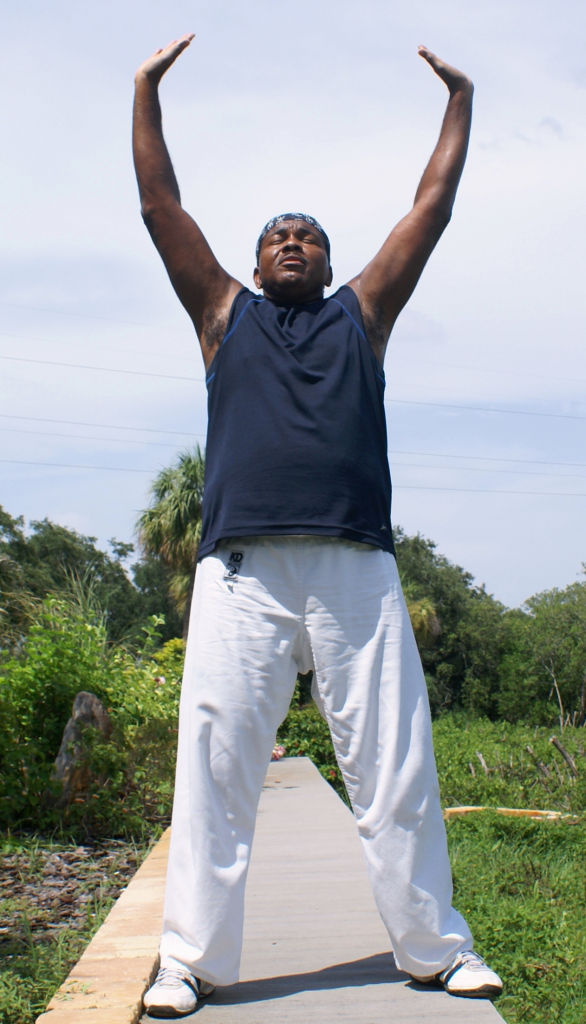The energy of the universe comes at us, comes at us and we filter it. We create a meaning process around it. There’s a lot of blocked energy, collectively. It must be transformed if we are to evolve. We could say that when the primary energy of the universe meets consciousness, and when consciousness transmutes it, you have the evolutionary process.
—–Interview with James O’Shea at Conversations.org
10/4/2010
The Weekend Retreat was so uplifting that we could really feel how each personal transformation makes a contribution to our collective well-being.
Participants kept thanking us and it was so humbling because their growth came from their own willingness, openness, receptivity, and intention. Each person released layer after layer of resistance and armor, and as each layer was let go, the bright joyous Spirit of that person was more and more present. Watching that transformation is so inspiring.
The Weekend is like a series of small incremental changes in how you feel and the way you look at things. And the little changes start stacking up and accumulating and all the while you’re feeling lighter and happier and more relieved. And suddenly, before you know it, you feel different. You feel better. Life is suddenly more playful, more free, more forgiving, more hopeful, easier, more loving.
And it’s a very intimate experience – the process of releasing resistance is very intimate. Because beneath that resistance is the authentic you. When you share that with other people – and it’s safe – it makes a deep and lasting connection.
In one process we did, everyone identified their “anchor”, the thing holding them down. What it looks like. What emotions and memories it has. Then we did breathwork, pulling in Life Energy and then relaxing and letting go.
The funny thing about breathwork is how your nose does all the work of transforming your thoughts and feelings. Your job is just to be the Breather – not to get trapped and hold onto the thoughts or emotions – and then, at a certain point, you simply become the Breath. And the thoughts and the feelings that were obstacles before find their own natural resolution. It’s really kind of amazing.
And after the breathwork, we did a Fire meditation where each person said what they needed to say to feel complete and be willing to let go of that thing that’s been holding them back. And then we burned the “anchors”. We released all those restrictions over to the power of the flame, the Spirit of Fire.
All the Elements were working with our transformation this weekend – Root, Air, Fire, Water, Earth.
I have to admit, when the weekend was over, I had a momentary thought, “Oh no! How do I take this back to the real world?”
And then I remembered – we are the real world.



